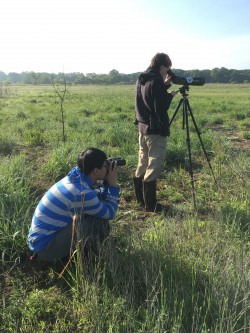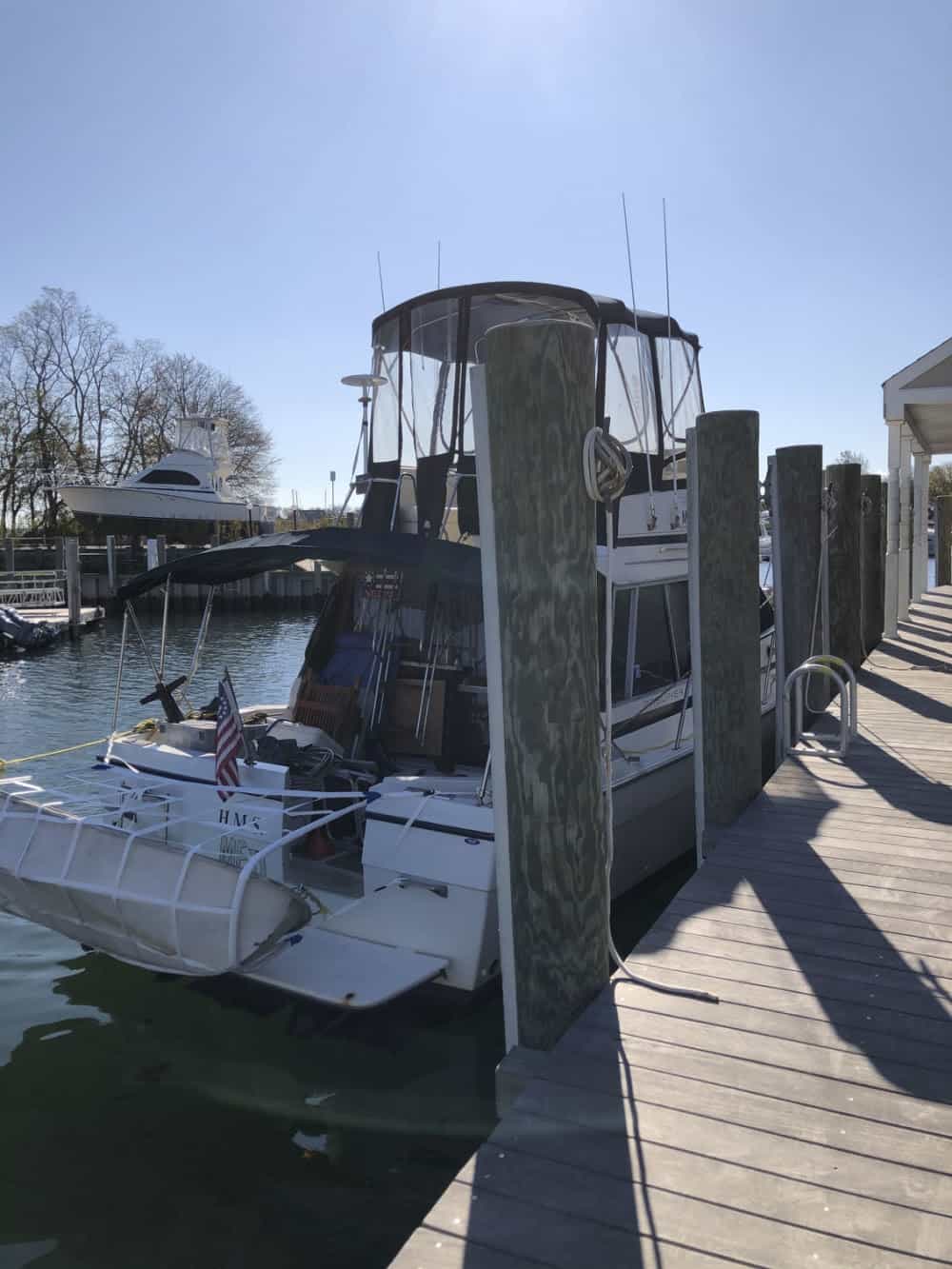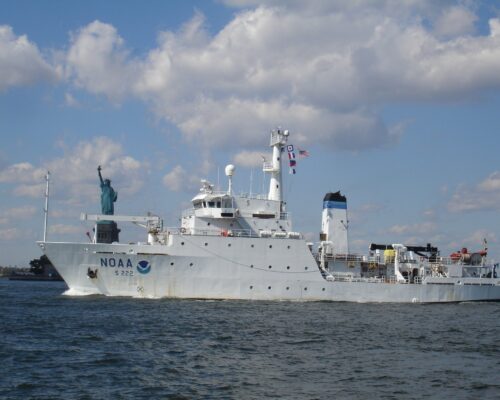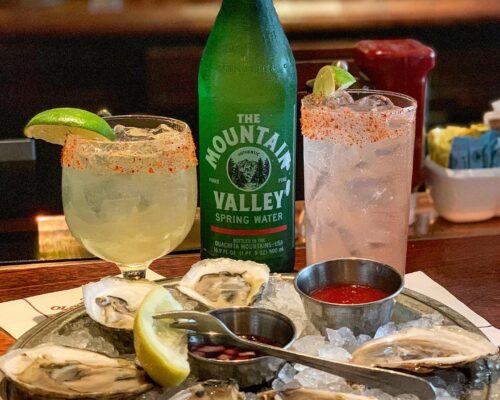The already-rich environmental sciences opportunities at Washington College are expanding with the launch of its River and Field Campus, just ten minutes away from the main campus in Chestertown, Kent County.
Harry Sears, a longtime member of the college’s Board of Visitors and Governors, has bequeathed to the college majority shares in the corporation that owns Chino Farms.
The property is 4,700 acres and includes 2.5 miles of waterfront. It also contains specialized ecological habitats, like a 90-acre waterfowl sanctuary. Nearly all of it is protected from development, thanks to Sears’ decision to create the largest conservation easement in the state of Maryland.
Washington College is calling its River and Field Campus a “living laboratory,” offering chances for students to practice biology, chemistry, and environmental art, right in nature. Parts of the property already serves as the Chester River Field Research Station, allowing dozens of students to work with faculty and conduct field research. Some of their projects have been studying how field sparrows raise their young, analyzing field runoff to learn how to better protect the Bay from farm nutrients, and learning how seeds disperse to grow trees.
“The ongoing work at the Chester River Field Research Station—for example, the long-term data gathered at the Foreman’s Branch Bird Observatory and the restoration of the grasslands—has been critical to the research my students and I do every summer,” says Jennie Carr, assistant professor of biology, who is studying various behaviors of field sparrows and hummingbirds. “I and other faculty are excited at the prospect of even more potential for collaboration at the River and Field Campus across disciplines and study of species that come specifically because of the habitat there.”
The River and Field Campus will also expand the college’s fledgling Eastern Shore Food Lab to include a “teaching farm.” And that will allow more than just environmental students to get involved. For example, goats grazing in native landscapes will be the source of milk for soap that business and communications students can produce and market.
“This speaks to liberal arts,” Sears says. “I’m looking for an environmental arrangement, which
means someone’s thinking a little outside of the box, someone’s accepting ambiguity, someone
is dealing with conflicting aspirations—all the things I think are part of the liberal arts
education.”
-Meg Walburn Viviano




